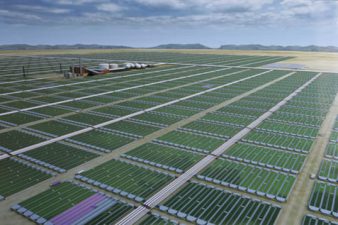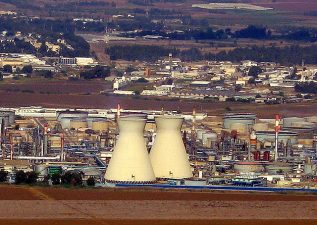 For the first time in history we have a real time, comprehensive global map of ecological conflicts thanks to the Atlas of Environmental Justice.
For the first time in history we have a real time, comprehensive global map of ecological conflicts thanks to the Atlas of Environmental Justice.
Ecocide, is becoming a critical issue as the world increasingly scrambles for resources, and so visually documenting and revealing the actors, drivers and structural patterns behind this scramble becomes critical in safeguarding our environmental wealth.
This is the work of the Environmental Justice Organisations, Liabilities and Trade (EJOLT), who among other objectives, is working with Environmental Justice Organisations to compile and make available an Atlas of Environmental Justice, which promises to become a reference for scientists, journalists, teachers and activists.
The platform aims to unite and crowd source reports from scientists, activist organisations, think-tanks, policy-makers from the fields of environmental law, environmental health, political ecology, ecological economics, to map out Environmental Justice or Ecological Distribution conflicts, conflicts that highlight the distributive & structural impacts of economic activities on the health and environment of specific populations.
The Atlas of Environmental Justice is designed to be a practical and intuitive platform that allows searching and filtering across 100 fields (like Nuclear, Ore & building materials extraction, Waste Management, Biomass, Fossil Fuels and Climate Justice and Energy conflicts), by commodity, company, and type of conflict.
The map tells a story of environmental devastation and despoliation, of ecocide and eco-apartheid, but also a story of community mobilization and the factors which has allowed communities to gain the right to environmental health. Approximately 2/10 cases, are considered “environmental justice success stories”, and the key points we can learn from this map so far are that; although the number and types of ecological conflicts are increasing globally so is the “strength” of community mobilization, “false solutions” such as carbon offsets are leading to an even more unequal distribution of environmental space and that voluntary corporate responsibility is not working in the majority of cases – what is needed is corporate accountability.
If you take a look at the Middle East and North Africa Region, there aren’t as many dots as there should be ( e.g. Phosphate Mining in Gafsa, Tunisia) so if you or your organization want to report on a conflict you can file a case through the EJOLT Database Form and contact the project’s deputy coordinator Leah Temper for more information.
Image of the Environmental Justice Atlas from EJOLT




This map is so false.
What a joke.
The middle east is blank.
Oh what a joke!! You disappointed me 100%.
Hi Jen – I am sorry you feel disappointed- but if you read about the project , it is a crowdsourced effort- that means that civil society has to contribute to the project. The aim is to reach approx 2,000 data points, and they are at 1000 approx. If you have suggestions for the MENA region, “file a case through the EJOLT Database Form and contact the project’s deputy coordinator Leah Temper for more information ”
Thanks
: